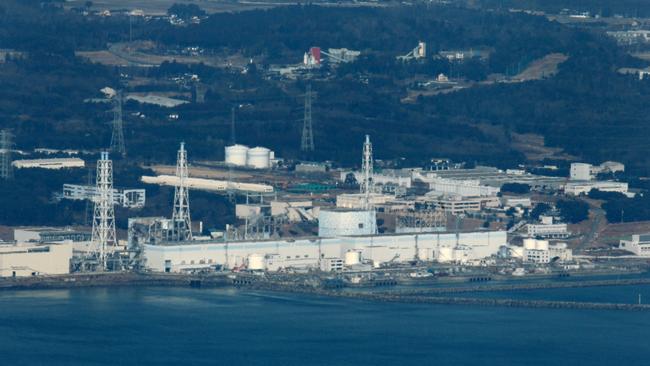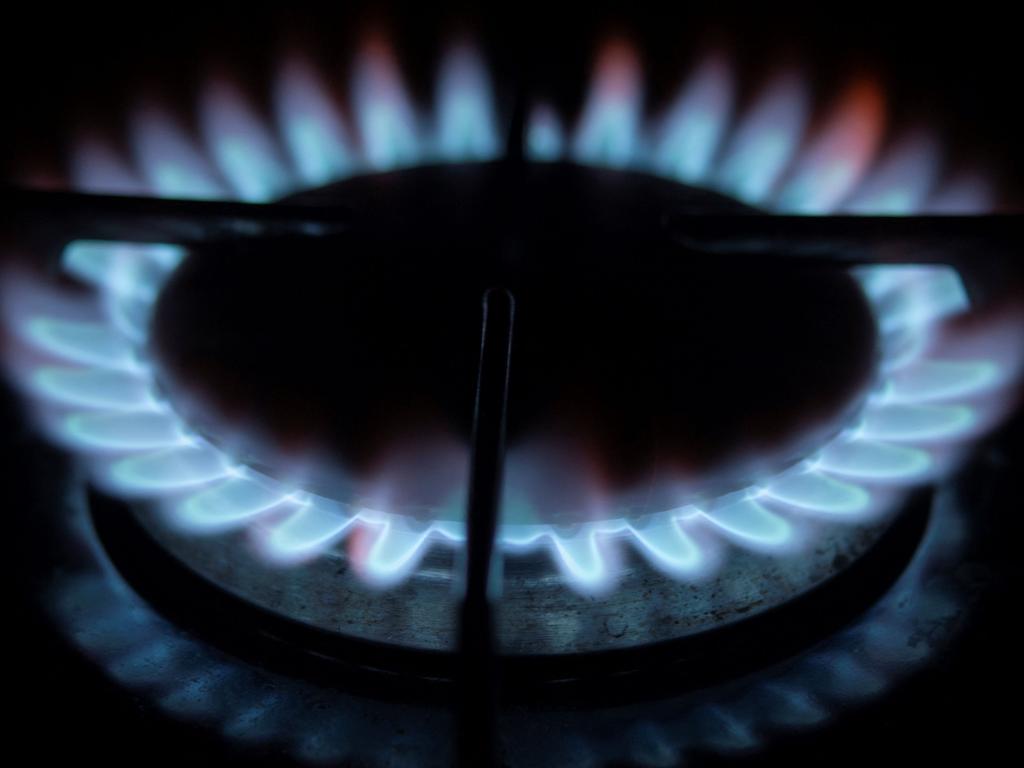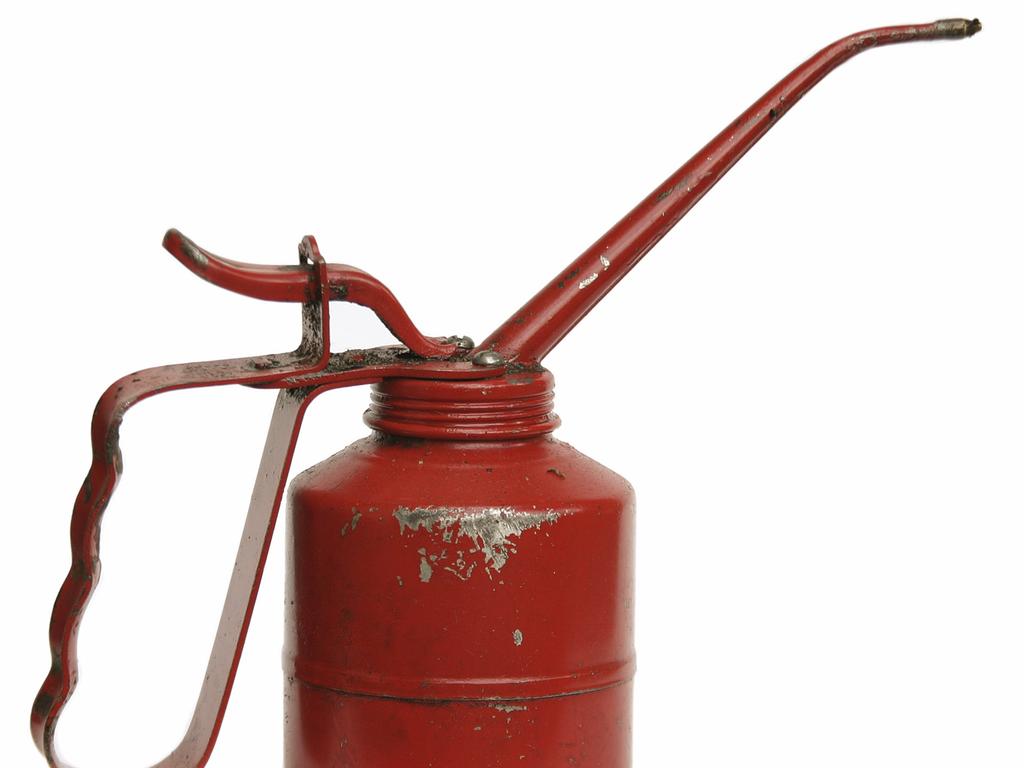Stockhead: Le Page says the future of green economy is … yellow (cake)
The uranium debate is back as Europe finds itself hostage to Russian gas. And it’s time to take the emotion out, says Guy Le Page.

The uranium debate is back on the energy agenda as the Ukraine war rages and Europe finds itself hostage to Russian gas.
Germany now buys 55% of its natural gas from Russia and nuclear power (67% of its electricity) from France. Flicking off the gas switch would send Germany (and the rest of Europe) into a deep recession.
The uranium price turned the corner back in August 2021 and is on an upwards trajectory propelled partly by aggressive buying from the Sprott Uranium Investment Trust (over 50 million pounds) and a growing realisation that nuclear energy is a viable alternative for countries whose aspirations to replace fossil fuels with renewable energy are nothing more than fantasy.
Nuclear energy is an obvious choice to displace fossil fuels, a “clean and green” alternative that can deliver cost effective and reliable base load power.
But there are a few “mountains” to overcome to get there – most of them public perception driven by emotion …
-
To get the latest energy sector news, sign up here for free Stockhead daily newsletters
-
Any debate should start with the facts.
Is uranium dangerous when used in the production of nuclear power and what is its carbon footprint? Well, on both counts it scores well and is not only safe but environmentally friendly.
Ironically, Fukushima is referred to as a “disaster” but to date, there have been no deaths attributable to radiation.
There are approximately 442 nuclear reactors providing 16 per cent of the world’s electricity, which will certainly rise in the medium term.
Developing countries such as India have been active buyers of uranium – over 7,600 tonnes in the past three years.
The US recently announced plans to seek applications from owners and operators of distressed nuclear reactors to prevent further reactor shutdowns.
Nuclear energy currently accounts for around half of the nation’s carbon-free electricity and will form a core plank in its policy of achieving 100% carbon-free electricity by 2035.

A game changer could be the introduction of lower cost small (and very small) modular reactors or “SMRs” (300MWe or less according to the World Nuclear Association) that could shorten the time frame for development and fast-track the rollout of nuclear power.
Over two-thirds of the world’s uranium production is from Kazakhstan, Canada and Australia, with Russia producing around 13%.
An extract from a March 2022 presentation by ASX listed Paladin Energy (ASX:PDN) shows a widening gap between uranium supply and demand going out to 2035; a bullish signal for uranium.
So where to from here? On the junior end more uranium IPOs on the ASX, increased volumes in listed uranium explorers/developers and growing M&A activity.
So, is this another bubble and what could wreck uranium’s train? I think this is actually quite easy to answer; the world has run out of time and viable alternatives to provide base load power and there isn’t enough uranium in the pipeline to supply existing reactor requirements.
The real wildcard is the potential use of nuclear weapons, a possibility in the Ukraine War, which could see the uranium debate revert to where it has been for decades; one based on emotion, ignorance, and misinformation.
So, where should investors seek uranium exposure? I think buying a basket of stock exchange listed uranium explorers and developers makes sense – Sprott Uranium Miners ETF (U.U) gives you exposure to 37 companies with the following country exposure breakdown.
Participating in IPOs and placements is also a parallel strategy.
As far as individual stocks, I like uranium developer Peninsula Energy (ASX:PEN) that is developing the Lance Uranium Project in Wyoming (USA) at a rate of 3m pounds per annum from a 53.6m lb resource.
SUBSCRIBE
Get the latest Stockhead news delivered free to your inbox. Click here
This content first appeared on stockhead.com.au
The views, information, or opinions expressed in these articles do not represent the views of Stockhead. Stockhead does not provide, endorse or otherwise assume responsibility for any financial product advice contained in these articles.
At Stockhead, we tell it like it is. While some companies mentioned in these articles are Stockhead advertisers, they did not sponsor any of these articles.





To join the conversation, please log in. Don't have an account? Register
Join the conversation, you are commenting as Logout